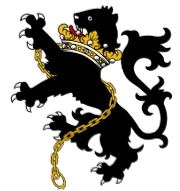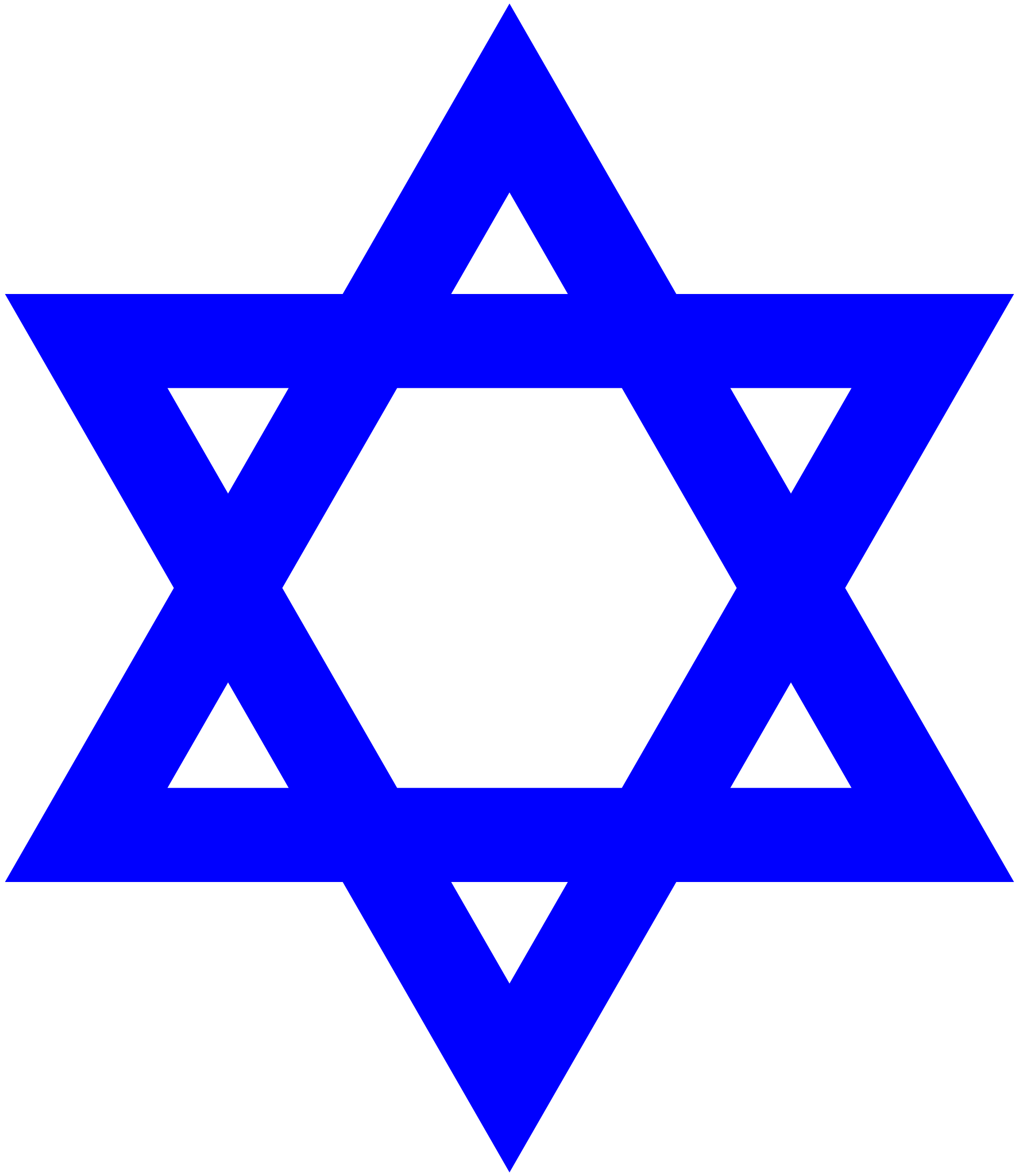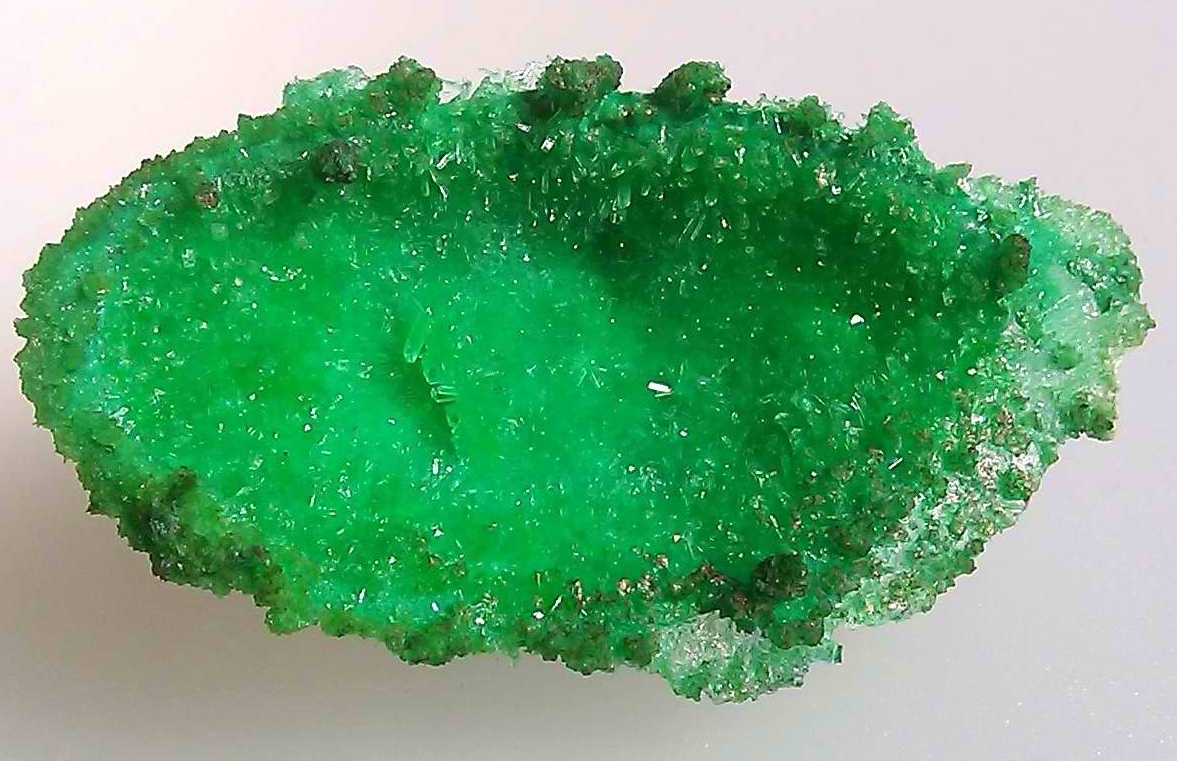- Home Page
- Books
- Articles
- The Tribes
- Presentations
- Bonus Material
Ancient History Reconsidered


The Tribe of Judah:
Yehudah, or Judah, was one of the largest of the Israelite tribes. When the tribes were counted in the wilderness (Num. 1:19-47), “by their generations, after their families, by the house of their fathers, according to the number of the names, by their polls, every male from twenty years old and upward, all that were able to go forth to war”, the numbers looked like the following:
| Reuben | 46,500 | 8% of total |
| Shimon (i.e. Simeon) | 59,300 | 10% of total |
| Gad | 45,600 | 8% of total |
| Yehudah (i.e.Judah) | 74,600 | 12% of total |
| Issachar | 54,400 | 9% of total |
| Zebulun | 57,400 | 10% of total |
| Ephraim | 40,500 | 7% of total |
| Menashe | 32,200 | 5% of total |
| Benyamin (i.e. Benjamin) | 35,400 | 6% of total |
| Dan | 62,700 | 10% of total |
| Asher | 41,500 | 7% of total |
| Naphtali | 53,400 | 9% of total |
| Levi | Not numbered | |
| Total Number | 603,500 |
When the Lord’s anger was kindled against Israel because of the sins that they were committing, He moved David to number Israel. (2 Sam. 24:1) It was reported back that there were at that time “800,000 valiant men that drew the sword” who were of the House of Israel and 500,000 men of the tribe of Judah. (2 Sam. 24:9) Here, it is not clear whether the number given for Judah included the tribes of Joseph and Benyamin. Notice that the tribe of Joseph was at that time dwelling in Jerusalem:
“And in Jerusalem dwelt of the children of Judah, and of the children of Benjamin, and of the children of Ephraim, and Manasseh” (1 Chron. 9:3.)
Notice that the above figures do not include women and children under the age of twenty or those who were too old to go to war. We are therefore talking of a few million people even at that early date. Those who look at the Jews today are only looking at one small part of Judah. When Judah returned from captivity, those that returned were only a small portion of the original tribe:
“And if there be yet a tenth in it, it shall again be eaten up; as a terebinth, and as an oak, whose stock remaineth, when they cast their leaves, so the holy seed shall be the stock thereof.”
The other nine tenths of Judah have followed in the paths of the House of Israel. If you take the total number of people who attend shul (i.e. synagogue) today, who are clearly identifiable as Jews, and multiply this number by ten, you will be close to the numbers of actual descendants of Judah. Multiply that by ten again and you will close to the numbers that make up the whole of Israel and Judah. I would not be exaggerating when I say that most of the royal houses of Europe as well as the barons and overlords of those countries are of Jewish descent – either descended from King David, or from the four sons of Zerach, son of Er, son of Judah. The reason why there was a division between the gentry and the “common folk” is because they are from a different tribe. The ordinary people of England considered their overlords to be “upper crust”, though in reality, they are descended from the tribe of Judah.
“The sceptre1 shall not depart from Judah, nor a lawgiver from between his feet, until Shiloh [i.e. the Moshiach] come; and unto him shall the gathering of the people be.” (Gen. 49:10)
Note that the sceptre (Hebrew שֵׁבֶט shevet)1 shall not depart from the tribe of Judah. This refers not only to the descendants of King David, but also the descendants of the four sons of Zerach, son of Er, son of Judah who have also played an important role in history. Notice that Psalm 89, which talks about King David’s everlasting throne, begins with the line “Instruction [מַשְׂכִּיל maschil] for Ethan son of Zerach”. Now why would a psalm about King David’s everlasting throne be dedicated to Ethan son of Zerach? The answer to this question along with details of how the sons of Zerach have shaped history can be found in The Forgotten Tribe of Naphtali & the Phoenicians and Early Irish History Reconsidered.
Judah’s Stone

Emerald.
Each of the stones on the breastplate, which was worn by the High Priest, represented one of the twelve tribes. The stone which represented the tribe of Judah is called נֹפֶךְ nophekh (Exod. 28:18 & 39:11) and is translated in the Authorised Version as emerald. Mechon Mamre, however, prefers to translate the name as carbuncle.2 Both the order and the names of the actual stones on the ephod are a matter of contention as the original Hebrew names have fallen into disuse.3 By the process of elimination and analysis, however, we can come very close to the true identification of most of them.
According to Rabbi Louis Ginzberg, the tribe of Judah was represented by the emerald:
“Judah’s stone was the green emerald, that has the power of making its owner victorious in battle, a fitting stone for this tribe from which springs the Jewish dynasty of kings, that routed its enemies. The color green alludes to the shame that turned Judah’s countenance green when he publicly confessed his crime with Tamar.”4
In Early Irish History Reconsidered, we demonstrate that this statement is correct. The emerald indeed represents the tribe of Judah.
| 1. | The Hebrew word translated as sceptre is שֵׁבֶט shevet, which can just mean a staff or a tribe. The English word sept (a clan or a tribe) is from the same Hebrew root. The Mechon Mamre organisation translates the word as “ruler’s staff”. It is clear that the intention of the prophecy, however, is that the tribe of Judah will be the ruling class. [Return] |
| 2. | www.mechon-mamre.org Exod. 28:18. [Return] |
| 3. | See for example the article on the Temple Institute website www.templeinstitute.org/beged/priestly_garments-7.htm. [Return] |
| 4. | The Legends of the Jews Vol. 3 (From the Exodus to the Death of Moses), p.170 – The Stones in the Breastplate, Louis Ginzberg, Philadelphia 1911. [Return] |
Dated 28 Nov 2013.
©AHR Researches.